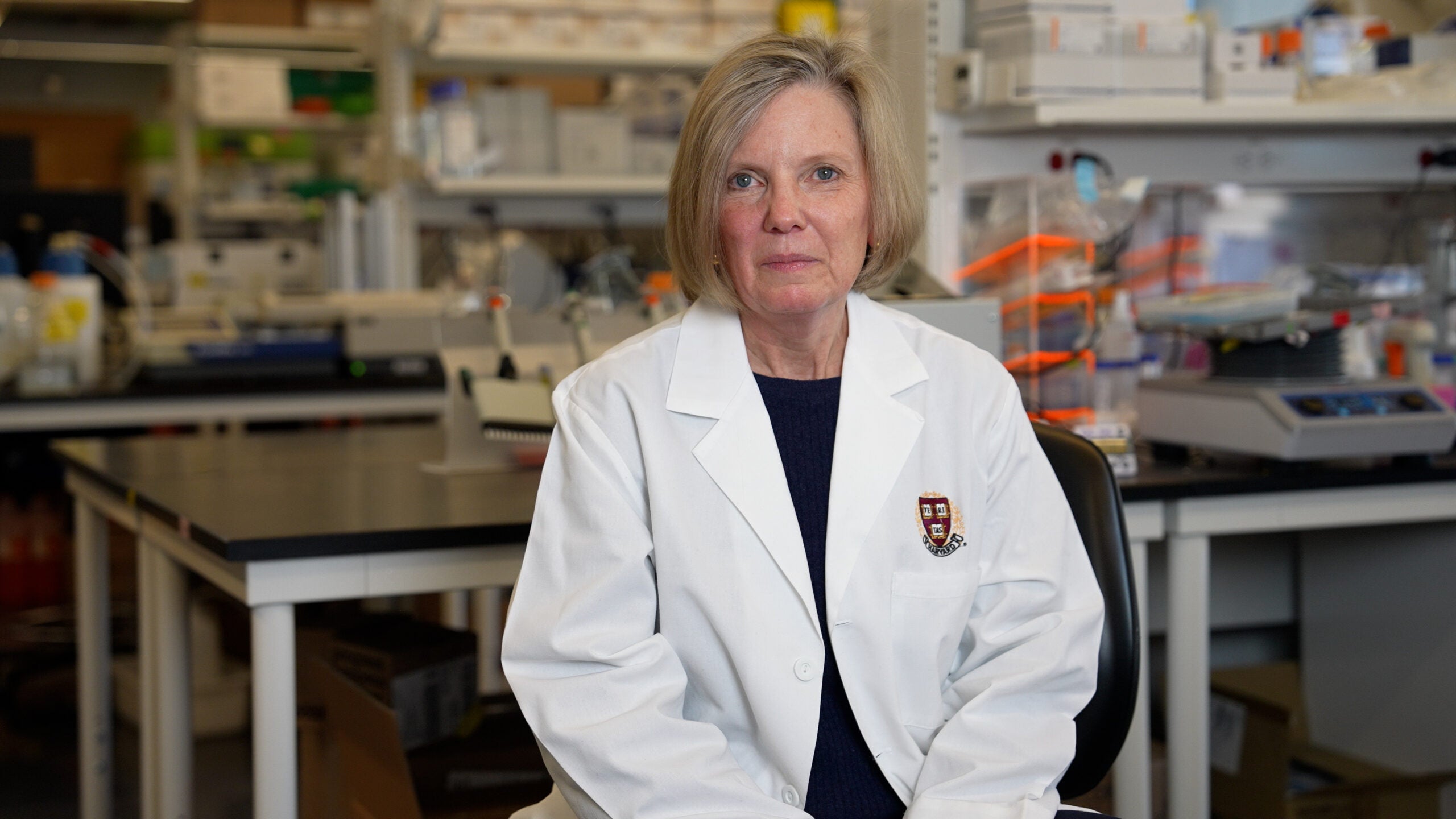More men than women are dying from COVID-19. Why?

In Harvard’s GenderSci Lab, Harvard Chan School students and colleagues are gathering and analyzing data to try and find some answers
July 31, 2020 – As COVID-19 has swept across the globe, it has killed many more men than women. Some have suggested that biological factors are driving the difference. But researchers at Harvard’s GenderSci Lab—including several students from Harvard T.H. Chan School of Public Health—think that social factors may be playing the largest role.
The lab—which focuses on generating feminist concepts, methods, and theories for scientific research on sex and gender—includes gender scholars and biomedical scientists from Harvard and other universities. They’ve been gathering and analyzing data from across the U.S. to better understand gender disparities in COVID-19 cases and deaths, looking at factors including age, occupation, pre-existing conditions, behaviors, race and ethnicity, and living environment.
Last month, the lab released its US Gender/Sex COVID-19 Data Tracker, which offers the most comprehensive collection available of sex-separated COVID-19 statistics, and is publicly available. Two Harvard Chan School students—Ann Caroline Danielsen, an MPH-65 student focused on health and social behavior, and Tamara Rushovich, a PhD student in population health sciences—worked on the creation and launch of the tracker.
Danielsen contributed to creating the tracker, which consists of COVID-19 data on gender and sex collected from each of the 50 states’ health department websites, because there’s no central repository of such data. “One of the biggest challenges we initially faced was that every website looks different, and reports its data differently,” she said. Some states may provide data in a comprehensive spreadsheet; others may provide small charts that can’t be copied and pasted. “I’ve gone through all 50 of them several times, and it’s been very labor-intensive,” she said.
Rushovich analyzed the data and produced graphs and tables highlighting different aspects of sex-separated COVID-19 data, such as numbers of cases and deaths, rates of cases and deaths, age-adjusted mortality rates, and mortality rates over time.
The data show that COVID-19 case and mortality rates for men and women vary widely among U.S. states. “In some states, the mortality rate among men is almost double the rate among women,” said Rushovich. “In other states, it’s almost equal. That suggests there’s probably other context—social factors, occupational exposures—that are influencing why the rates are varying between men and women, and that it’s not only related only to biological differences.”
While working on the tracker, the students discovered that, in many places, data was incomplete. For instance, not all states report COVID-19 deaths by basic demographic factors such as age, sex/gender, and race/ethnicity, or by the presence or absence of pre-existing conditions. The number of states reporting interactions between any of these factors—such as COVID-19 deaths by sex-gender and race/ethnicity—is even lower. So the GenderSci Lab launched another project—a “report card” on the status of COVID-19 surveillance across the 50 states. Danielsen and Joseph Bruch, a PhD student in population health sciences, worked on the report card, which was released on July 14 and will be updated monthly.
“We see the report card as a tool for encouraging accountability from U.S. states,” said Danielsen. “We hope it will put pressure on the states to release more comprehensive COVID-19 data, allowing for better analyses of how social variables linked to age, sex/gender, race/ethnicity, and comorbidity status intersect with each other to shape health outcomes for the disease.”
The GenderSci Lab’s COVID-19 work has made headlines. Lab directors Heather Shattuck-Heidorn of the University of Southern Maine, Meredith Reiches of the University of Massachusetts Boston, and Sarah Richardson of Harvard University wrote a June 24, 2020 op-ed for the New York Times delving into possible reasons for the gender gap in COVID-19 deaths, and Danielsen, Bruch, and colleagues co-authored a July 14 Health Affairs blog about the report card.
Learning more about why COVID-19 impacts some people more than others can help states better target prevention, intervention, and response efforts, said Rushovich. “When you have a better idea who and why and where certain groups are most disproportionately impacted by COVID, then you can better direct resources, such as testing sites and contact tracing, and hopefully—one day when there’s a vaccine—vaccine distribution,” she said.
Photos courtesy Ann Caroline Danielsen, Joseph Bruch, Tamara Rushovich


